
What is “CPS”? Creative Problem Solving is a method of approaching a problem or any kind of challenge in a creative and innovative way. So, it’s a more systematic approach to challenge of any type, a process that helps in organizing and redefying tasks we have, in order to reach a certain goal.
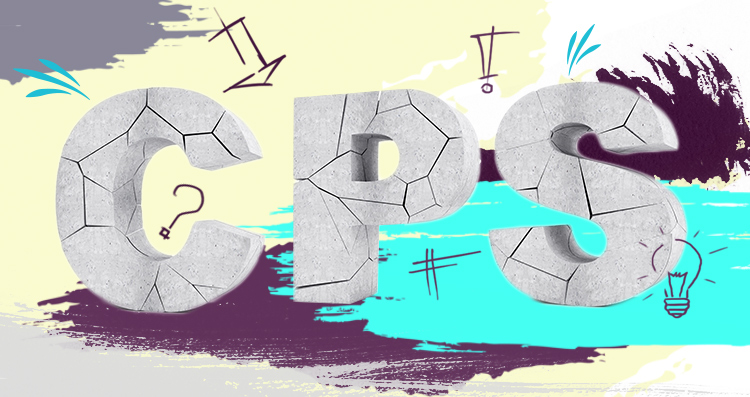
How did it all start?
Many methods of problem solving originate from one discipline: heuristic (Ancient Greek -“find”, or “discover”). It’s a discipline which deals with research possibilities, includes methods and techniques of problem solving, and has empirical approach. Heuristic methods are used to speed up the process of finding a good enough solution in situations when executing more detailed research is not practical or possible, and this methods include certain general rules, conclusion brought by intuition and common sense. The most famous heuristic is the trial and error method. For this reason, many consider heuristic methods not applicable to creativity, because, as we all know, creativity take much more time, motivation, energy and focus.
A man of great common sense and good taste, meaning thereby a man without originality or moral courage. – George Bernard Shaw
Perlovsky and Levine (2012) represent this thought and talk about how heuristic oppose creativity, but how it’s important for less creative people, or people who want to come to a solution in a not so innovative way. They consider heuristic to be instinctive knowledge, with some of the examples:
1. Experience – our knowledge, that helps us in looking for answers on specific subject.
2. Common sense – relates to problems where is evident what’s right and what’s wrong.
3. Heuristic of availability – the first thing that comes to our thought.
4. Heuristic of affect – relates to quick impression we have about something.
5. Authority heuristic – relates to accepting claims from someone who we consider an expert in a certain field.
6. Representation heuristic – relates to characteristic of a person or a group (could be connected to prejudice).[1]
[1] Example: Person A is elegant and tidy, while person B has greasy hair, old clothes etc. – we’ll think that person A is more responsible, and suitable for something important. If we would ask ourselves which one of the two would rather visit an charitable event where money is collected for people with damaged sight, we would think that would be person A, because it seems this person has more money than person B, but if we get information that person B has a child with damaged sight, we would change our minds. We would conclude that maybe that’s why he is untidy – because he is focused on his daughter and spends all the money on her.
Positive heuristics
The art of being wise is the art of knowing what to overlook. – William James
Science philosophers, though, emphasize importance of heuristics in the process of creative thinking and constructing science theories. Heuristics, therefore, can be positive for creativity and can help creative process.
Here’s what some of theorists of creative thinking said about heuristics:
George Pólya (1945)[2] gives these examples of heuristic approach that take positive part in the process of creation:
1. If there’s a problem that needs to be solved, good direction would be to present that problem in the form of a sketch or drawing, because presentation like that could let us see the problem from a different angle, so it’s very likely we’ll be more creative.
2. Reversed engineering: to go backwards from the goal and to create steps that will lead to its completion.
3. If the problem is abstract, it’s a good idea to work on a specific example, because that will make the perception of the problem easy, and also the process necessary for solving it.
4. If it’s hard to find the particular solution to a problem, it should be brought up to a higher level, so we can see the bigger picture and then try to find the solution.
[2] He was active in many different mathematical fields, like series, number theory, combinatorics and probability. Later in life he engaged in attempts to characterize general methods people use in problem solving, and to describe how problem solving should be learned and taught.
Vlad Glaveanu (2012) states three levels of creativity:
1. Everyday creativity – using heuristic in solving everyday problems; executing certain actions that will lead to solution to everyday problems.
2. Improvisational creativity – it appears when a problem occurs; we use it to give a creative answer to a sudden problem.
3. Creative innovation – regards a conscience, voluntarily decision for innovation, for creating an original solution or answer to given subject.
And really, what’s stopping us from being creative when approaching any problem, whether we have enough time or not? We’ll always take the best of the experience we have, and mix it with a new, fresh thinking. It’s up to us to decide which steps we need to follow to get to our desired goal, and usage of some “science” techniques doesn’t stop us from being creative. On the contrary, these techniques can help us to systematize our thoughts and ideas, and bring them to reality.
The Osborne - Parnes model
“When I was young, I observed that nine out of ten things I did were failures. So I did ten times more work.” – George Bernard Shaw
Cognitive psychologists had recognized the importance of heuristic in creative problem solving. Over the last decade there have been various studies concerning creative cognition, field which was pretty neglected in the past. As these obstacles were finally overcome, recent studies attribute to better understanding of creative processes in solving different problems, and there’s an accent on knowledge. So heuristic methods will be used to come to as many solutions as possible, no matter how creative they are. This is a very important question concerning methodology of problem solving, where different concepts lead to alternative solutions.
Now we should talk about model defined as CPS – Creative Problem Solving, which was defined by Osborn and Parnes. This model includes six steps in resolving a problem and it represents series of steps by which we can get from “chaos” which occurs when approaching the problem, to perfect order.
From chaos to creation…
1. Goal identification
This is the first, and certainly the most important step concerning the question: “What are we actually dealing with?”. Every beginning is difficult, exactly because everything seems too abstract, unknown, and we don’t know where to start. And we should start from confronting the chaos: by searching for characteristics, challenges and opportunities, and focus on those aspects that need solution.
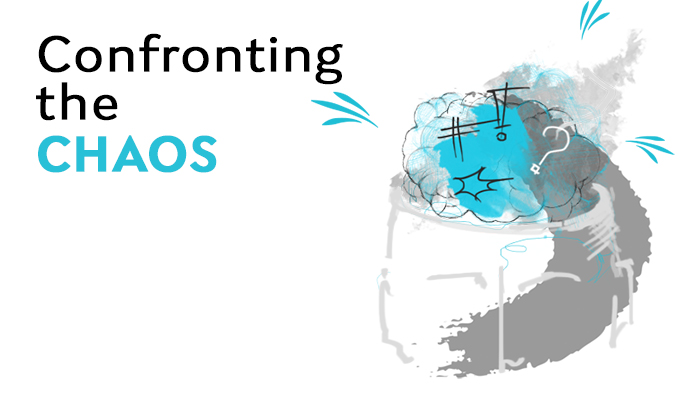
Sometimes what we believe is the problem leads to many other questions. That’s why we’ll “break” the problem we’re dealing with to pieces and see what it really is about. So, for example, you can think that you need a new job, because your earnings don’t cover your life expenses. In this case, solution may be a new job, but it can also be reorganizing expenses or asking for a raise.
Good start with this step is the method called “5 WHY’s”: you ask yourself a question “Why is this a problem?” or “Why I want to accomplish this goal?” and when you give the answer, ask yourself five more times: “Are there any more reasons why?” Here’s an example:
Problem: Client refuses to pay for billboards that are already prepared.
1. Why? Billboards are sent late, and printing due time has already passed.
2. Why? Preparation lasted longer than planned.
3. Why? Designer had other tasks to do.
4. Why? Three important projects were being done at the same time.
5. Why? Weekly plan was sent on Monday, but later was changed.
Goal: To stick to the weekly plan and to involve another designer on the job.
Also, you can study the problem in more detail, by asking some more questions, like: “What I actually want to accomplish?”, “What stops me from succeeding?”, “How do I see myself when I solve a problem?” etc. When you answer these questions, you’ll already have clear picture about the core of your problem, and what is the real goal.
When the goal is clearly defined, it’s necessary to set the criteria which will be used for evaluation of the solution: are there budget limitations, what is the due time for solving a problem, what are the restrictions, what are we trying to accomplish by solving the problem, etc. Make a list and leave it on the side, you won’t be needing it for some time.
2. Search for facts
Now that we get to know the problem, we have to get to all necessary information concerning the subject, and get all important information and research, based on real data, so that our solutions can be sustainable and suitable for context we’re working in.
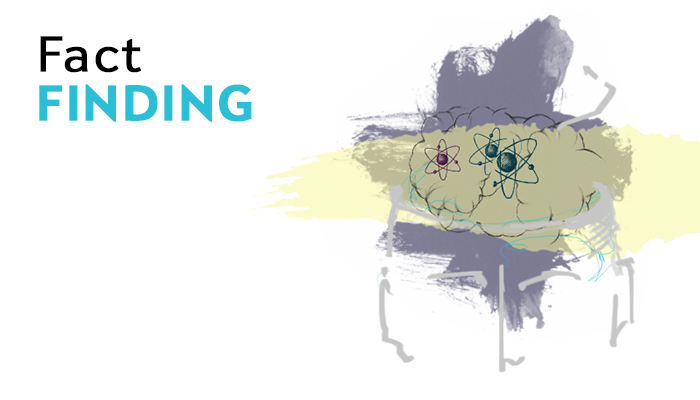
During this phase it’s very important to make a list of questions we want to answer and to search for different sources of information on a given subject. We can do this via our favorite search engine, talk to friends, or the good, old library and encyclopedias. This of course, depends on nature of the problem we’re dealing with.
3. Defining the problem
This step refers to formulating a problem in a solvable way, deconstructing it in a two or three themes that we want to work on. Defining the question we want to answer by segmenting it to creative challenges. In other words, we need to find answers to these questions:
- What are the ways we could solve the problem?
- What possibilities lay before us?
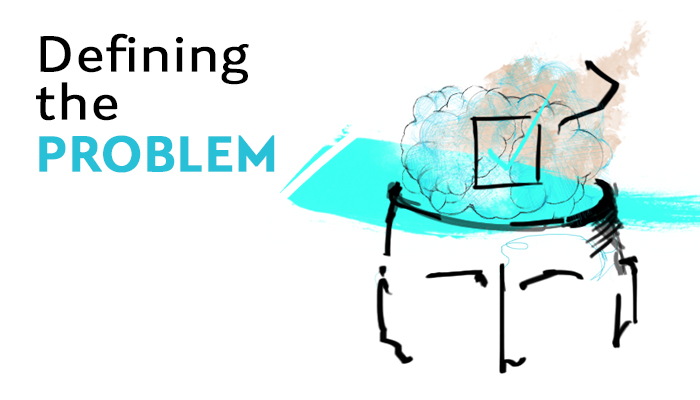
In this phase it’s important not to engage evaluation criterion. For example, if we say our goal is to stick to the weekly plan and to involve another designer on the job, while keeping the high quality, the last statement could limit our creative thinking. That why it’s better to leave it for later and search for an option that suits our criteria the most.
4. Creating many ideas
Here it’s important to come to as many ideas as we can. We can do that by using techniques like brainstorming, combined lists, metaphors, stories or “random input” techniques. The last mentioned technique implies taking an encyclopedia or a dictionary, and putting our finger on a random page. This input will probably widen our horizons and bring some unusual ideas.
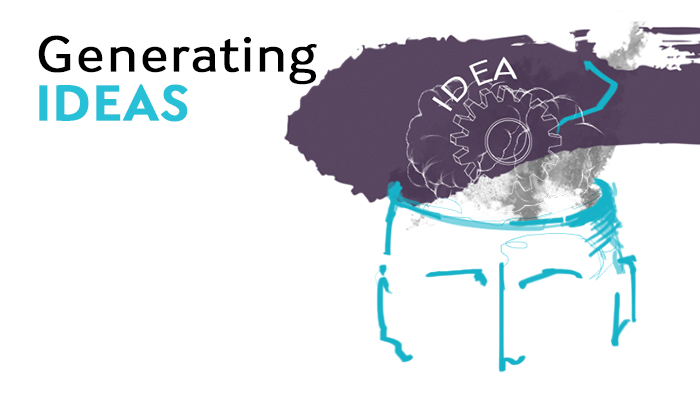
In this phase it’s very important to follow every step concerning good organization of brainstorming and dealing with blockade, which we talk about in our previous blog.
5. Creating a plan
This phase is about combining and evaluating ideas and looking for the best solution for the problem. Sometimes a short or a longer break is required before it’s time to go for this step. Pause can last an hour or even a few days. It all depends from time limit we have.
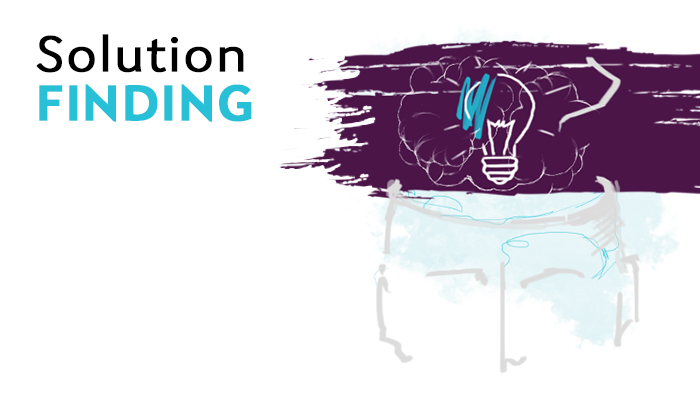
After the break, when our brain is “rested”, we should get back to ideas. It’s important not to bind to “favorite” ideas, but stick to the evaluation plan we have. Here’s an example how you can grade your ideas:
1. Mark the main parameters (colon 1)
2. Grade the parameters (colon 2)
3. Grade the solutions (A, B, C) and see how they go with the second colon.
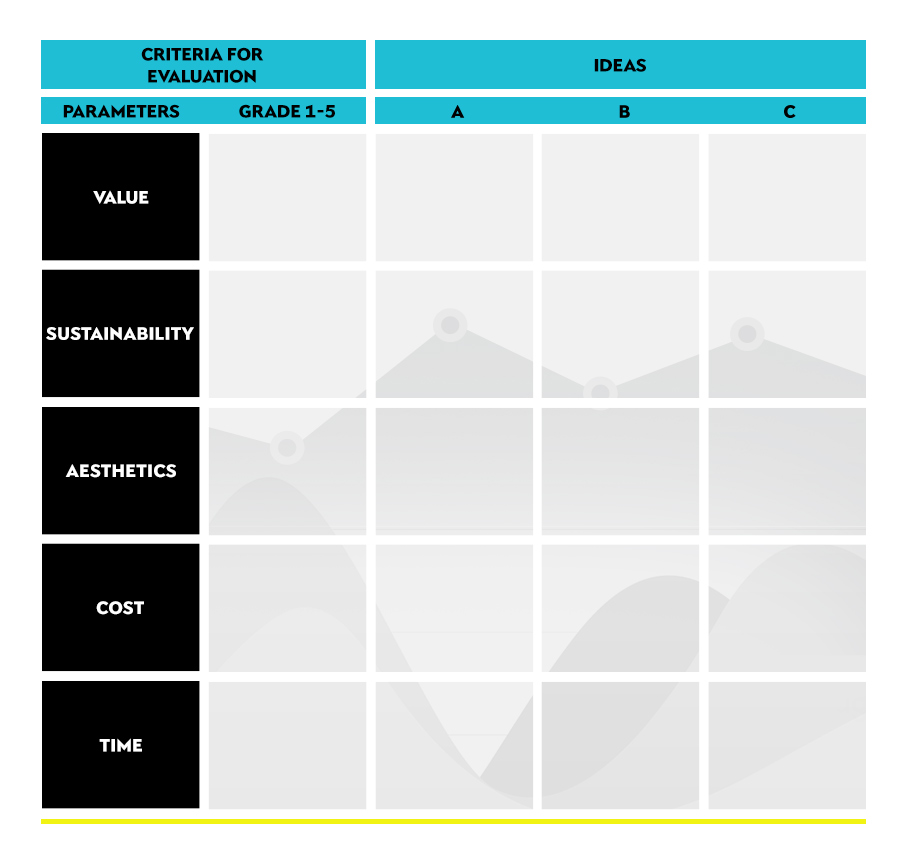
6. Implementation of solution
If you got to this step, you’ve made it! It includes actions we need to take so we can bring our idea to conclusion and implement it.
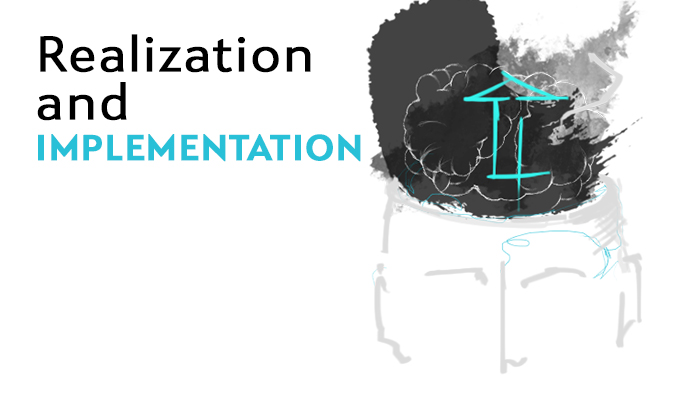
Now it’s all up to you. Take your plan and implement an idea! And don’t worry if the situation is a bit different and doesn’t match to your plan – you can always change it later.
We are Creitive, a digital innovation company with offices in Dubai, Belgrade and Singapore. Feel free to reach us.

